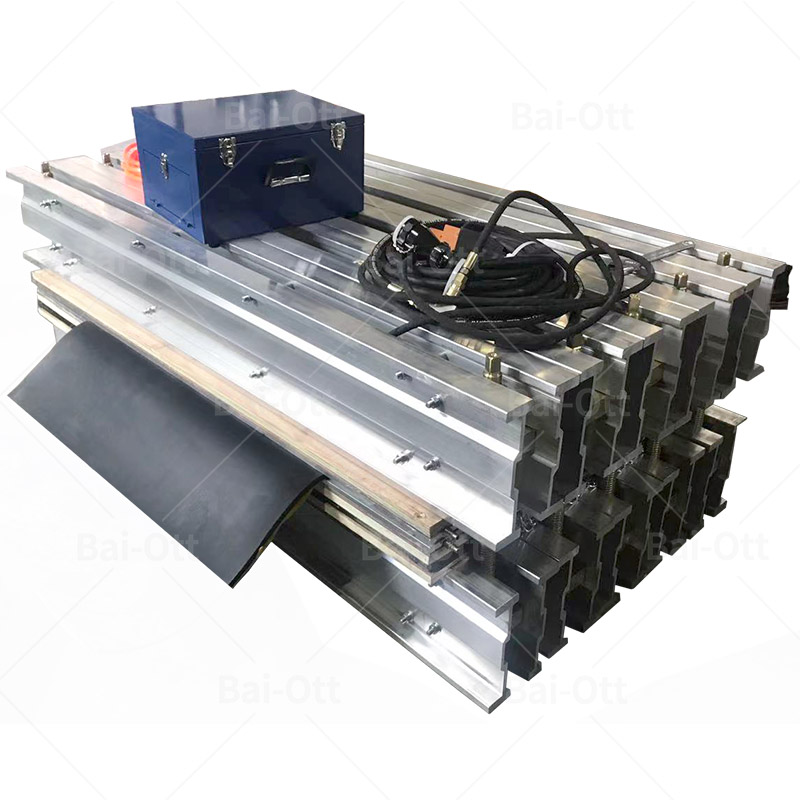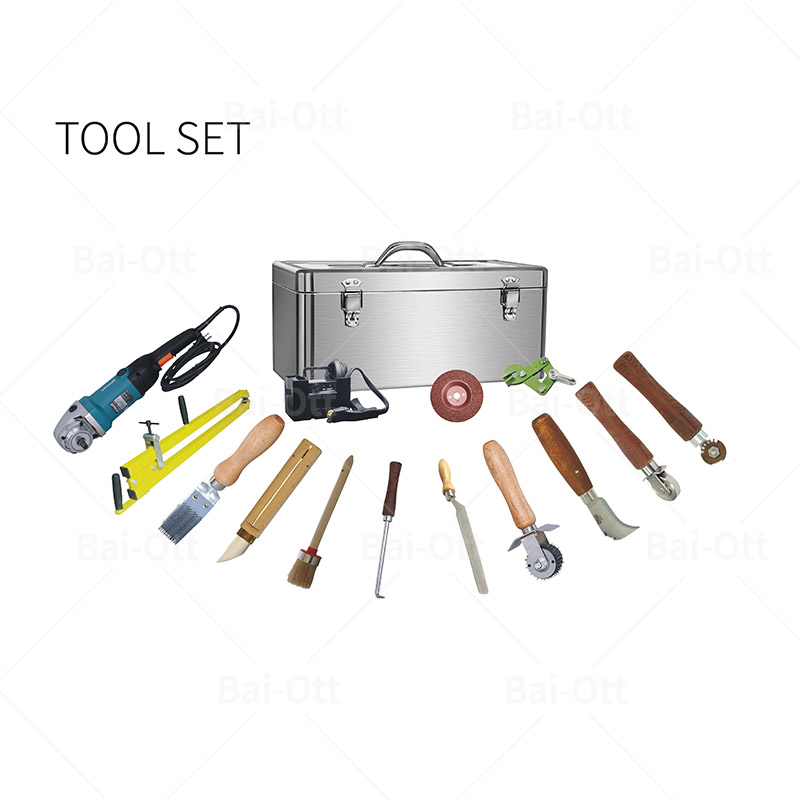How to build a conveyor belt system
what is a conveyor belt system?
A conveyor belt system is a material handling system that uses a moving belt to transport objects from one point to another. Conveyor belt systems are often used in industrial and commercial settings, but can also be used in homes. Conveyor belt systems can be used to move a variety of different types of materials, including: food, clothing, packages, and waste. The first conveyor belt system was invented by the American mechanical engineer, Jesse W. Reno. His design was used to transport coal at a Pennsylvania mine in 1882.
The Components of a Conveyor Belt System
A conveyor belt system typically consists of two or more pulleys, with an endless loop of belt that rotates about them. The pulleys are powered, and the belt moves as a result. The belt may be made of any number of materials, including fabric, plastic or metal.
The most common type of conveyor belt is the flat belt, which is used in assembly lines and many other industrial applications. In a flat belt system, the belt sits on top of idler rollers, which help to keep it in place and support the weight of the load.
The second type of conveyor belt is the v-belt, which is used for heavier loads. V-belts have grooves that fit over pulleys, and they can be made from a variety of materials including rubber and Kevlar. Conveyor belts move products and materials in a wide variety of industries. For example, they are frequently used in the food industry to transport packaged products through assembly lines. In addition, they are often used in the mining industry to transport ore from mines to processing facilities and storage areas.
The Basic Steps of Installing a Conveyor Belt System
Installing a conveyor belt system is a complex process that requires careful planning and attention to detail. There are a few basic steps that must be followed in order to install a conveyor belt system successfully.
1. The first step is to determine the path that the conveyor belt will take. This includes considering the type of materials that will be transported on the belt and the distance that the belt will need to travel.
2. Once the path has been determined, the next step is to select the right type of conveyor belt for the job. There are many different types of conveyor belts available, so it is important to choose one that is durable and capable of transporting the desired materials.
3. The third step is to install the pulleys and other hardware needed to support the conveyor belt.
Maintaining Your Conveyor Belt System
Maintaining your conveyor belt system is vital to keeping your business up and running. A well-maintained conveyor belt can last for years, but a poorly maintained one will break down quickly. Here are some tips for maintaining your conveyor belt system:
1. Inspect the belts regularly for signs of wear and tear.
2. Check the pulleys and sprockets for any damage or excessive wear.
3. Lubricate the moving parts of the system regularly to prevent overheating and premature wear.
4. Keep the area around the conveyor clean and free of debris to prevent accidents.
5. Make sure that all safety devices are in working order and that employees are aware of proper safety procedures.
Troubleshooting Your Conveyor Belt System
If you're having trouble with your conveyor belt system, there are a few things you can do to troubleshoot the problem. First, check to see if the conveyor belt is properly aligned. If it's not, realign it and see if that fixes the problem. If the belt is still not working properly, check to see if there are any loose bolts or other hardware that may be causing the problem. Tighten any loose bolts and see if that fixes the issue. If the problem persists, you may need to replace the conveyor belt.
Conclusion
When it comes to moving materials from one point to another, there are many different ways to do so. But when it comes to moving large amounts of materials quickly and efficiently, a conveyor belt system is the best way to go.
Conveyor belt systems are composed of two or more pulleys that continuously move a belt in a loop. The belts are made from strong, durable material such as rubber or PVC, and they can be used to move objects of all shapes and sizes.
Building a conveyor belt system is not as difficult as it may seem. With some basic knowledge and tools, you can build a conveyor belt system that will last for years to come.






